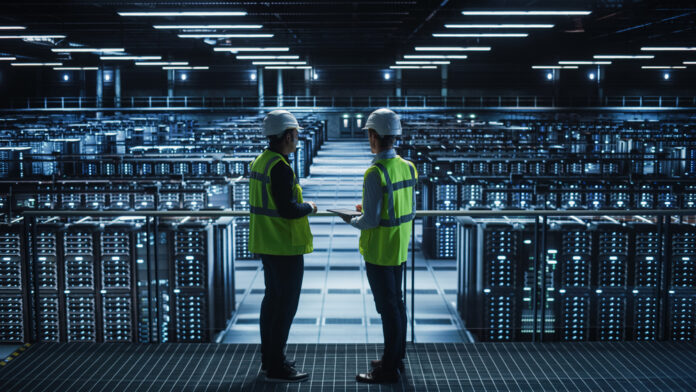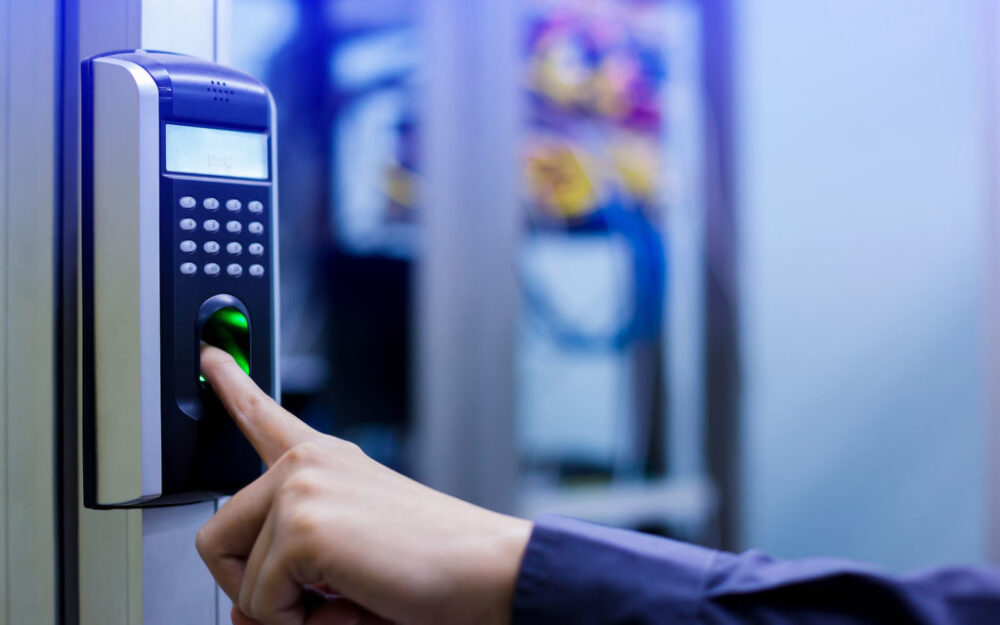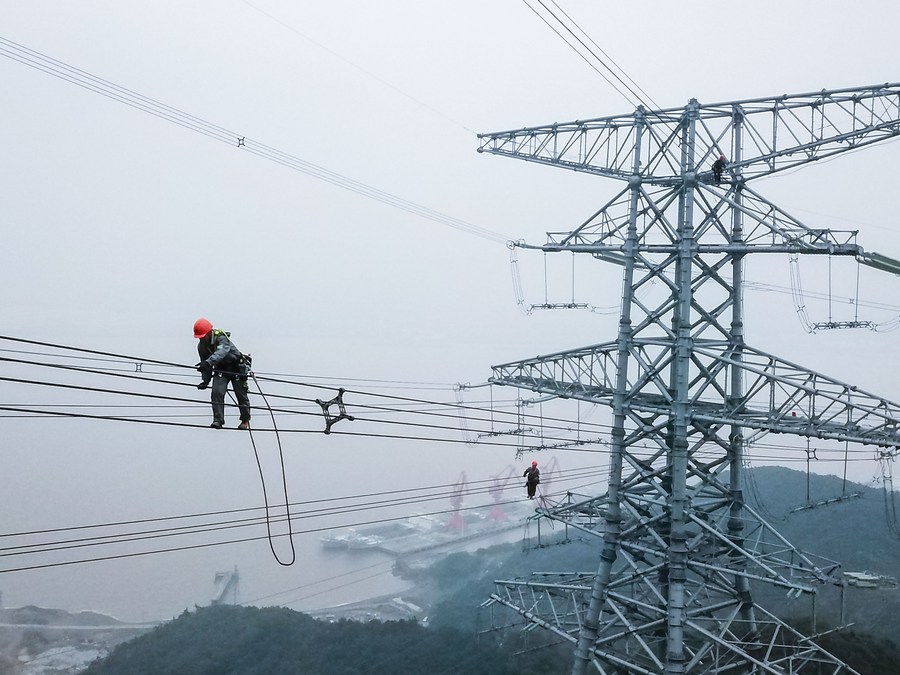
Data centers are the nerve center of our world. They are where all the digital information we use is processed, stored, or both. With so many companies and people relying on data centers for their services, it’s increasingly essential for them to be up-to-date and reliable.
However, a data center must have additional elements to function appropriately: power supplies, cooling systems, security systems, and more.
What are Data Centers?
Data centers are buildings, or areas of buildings, that house the servers that support and store digital information for companies and other organizations. Data center solutions are designed to house and protect the hardware from physical and digital threats. Each company has different needs when it comes to servers.
Some companies need a lot of space and hardware; others only need a small room with high-quality technology—factors like these influence how they set up their data centers.
Challenges of Opening a Data Center
1. Finding the Ideal Location

As a company, it’s critical to ensure that your data center is in the right place. It needs to be the right size and have reliable power and internet access. It also has to be in an area safe from natural disasters and people who want to steal or damage your technology. The costs of renting these buildings are also a consideration, as well as how much you can afford. Location can be a challenge for both small-scale businesses and large corporations.
2. Finding the Right Size
When a data center is being developed, it is necessary to work out what size it needs to be. Different companies have different needs and different budgets. The ideal size depends on a company’s future expansion, interconnectivity with others, and the cost of electricity. For example, Google’s data center in North Carolina has been equipped with 120 megawatts of electricity—about three times more than the average home in that area uses daily.
3. Making sure the Data Center is Secure

If you’re planning to build a data center, it’s essential to ensure that your hardware will be secure and safe. Companies have security measures that help keep their data safe. However, sometimes things can happen at a data center without control, leaving companies vulnerable to cyber-attacks. It can include accidental mistakes or human error. As long as there is a desire for malicious items to be on the servers, they should be protected.
4. Finding the Right Staff
You also need to make sure you have the right people working at all times. Usually, a data center’s hardware is managed by a group of people with specialized skills. It’s essential to hire them well and keep them trained so that if there is a problem, they can fix it quickly. Experts and data center managers are also needed for service, maintenance, and repair functions involved with the data center.
5. Making sure the Electricity is Stable

Data centers need massive amounts of electricity to operate. They’re usually located on a high-powered grid with direct access to the grid. It means that when the system goes down for any reason, it can often lead to this emergency response. However, in many cases, networks are so large that it can take time for power to be restored after an outage.
6. Ensuring Reliable Internet
A data center needs to be connected to the internet if it’s going to function correctly. But, sometimes, a company might not have an internet connection in its data center. It becomes even more crucial if they want their data accessible through third-party systems like cloud services or a mobile app. To ensure the internet connection is reliable, companies must invest in protecting their bandwidth with physical and software security.
Data center solutions have emerged as a significant source of growth in the information technology (IT) and telecommunication industries. In this regard, an enterprise with appropriate funding should be able to effectively and efficiently capitalize on the lucrative opportunities through data center solutions.








